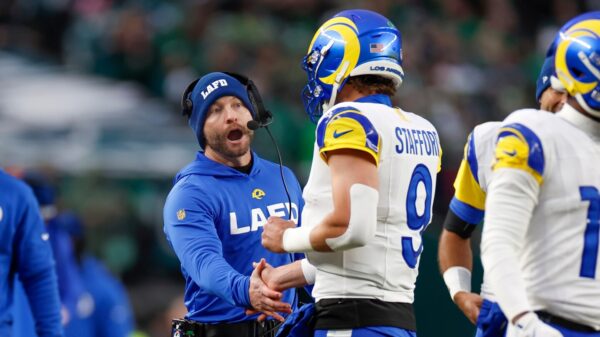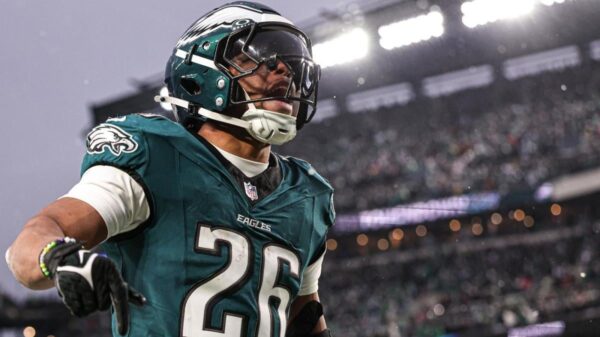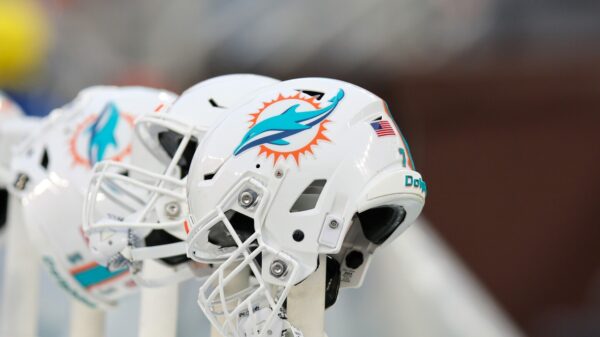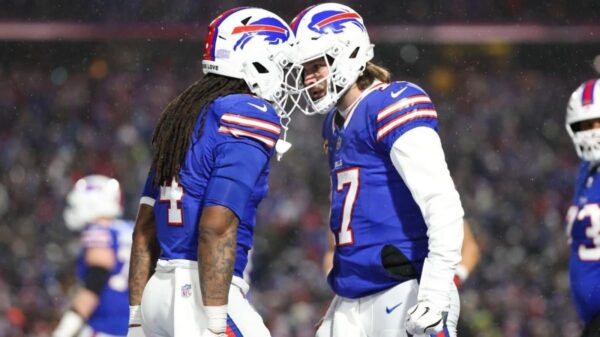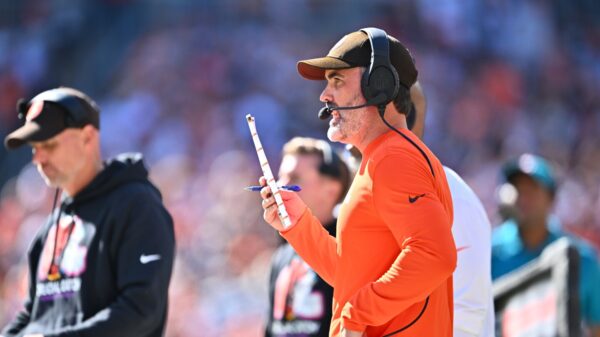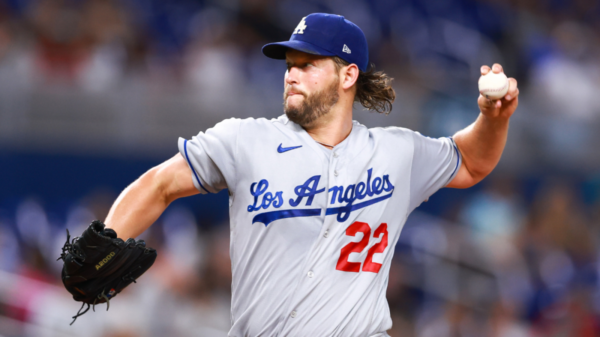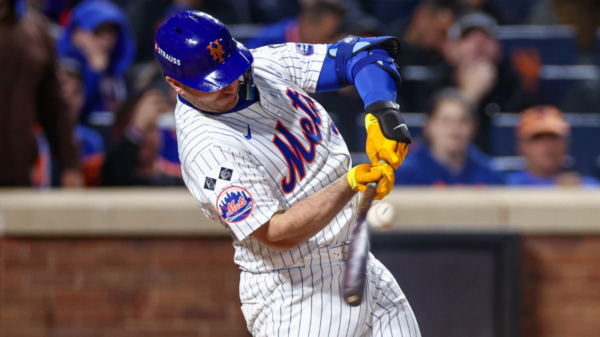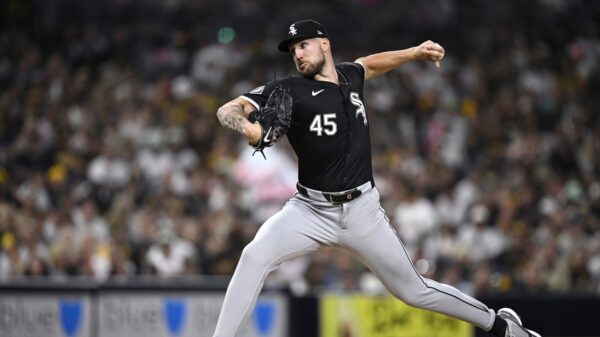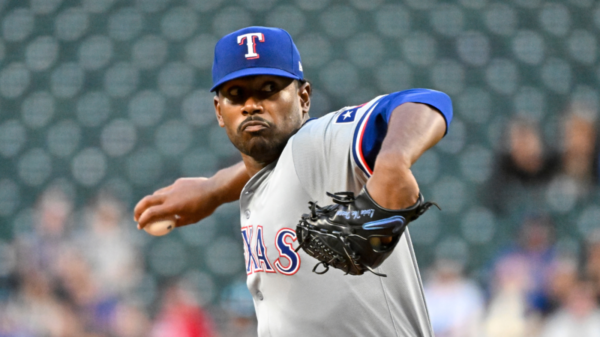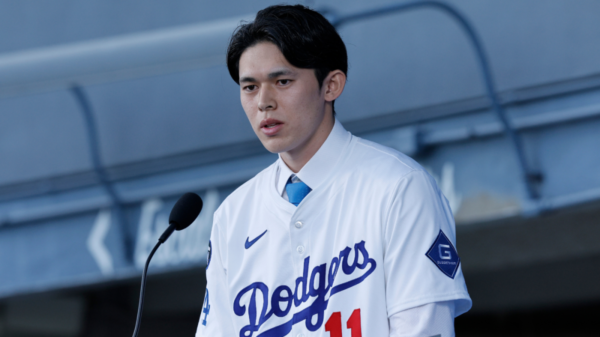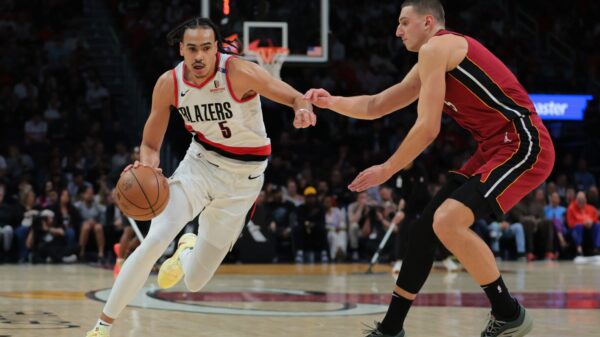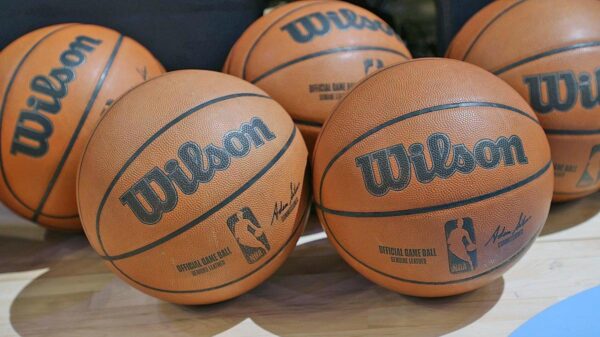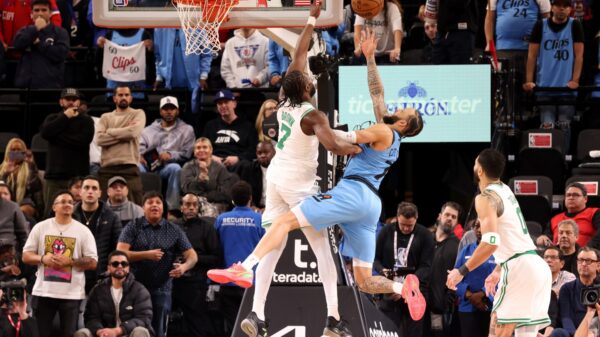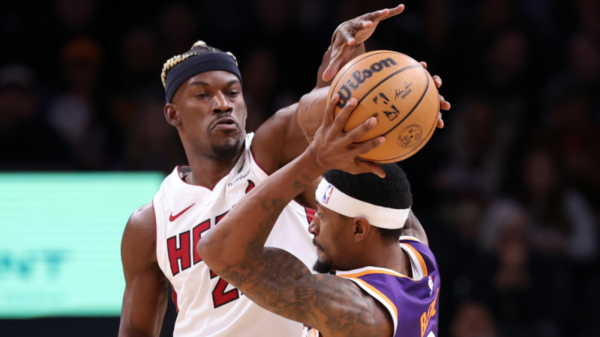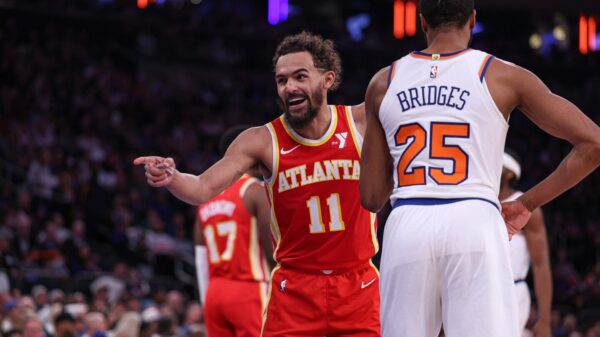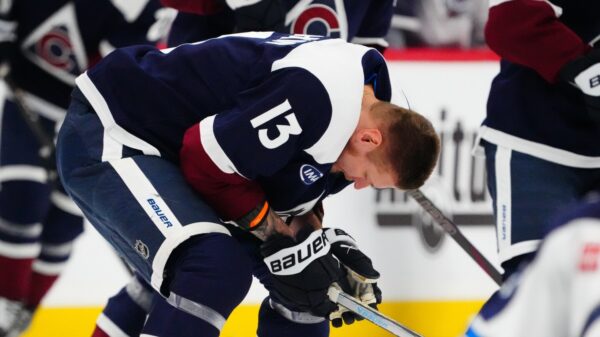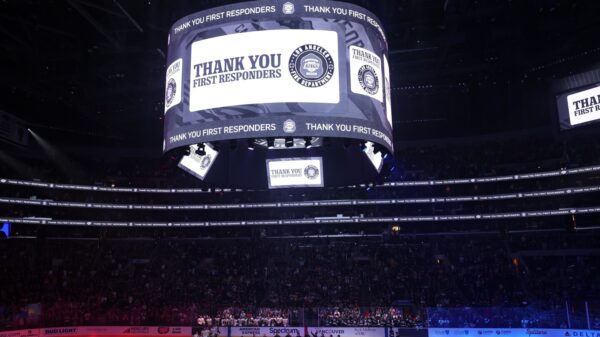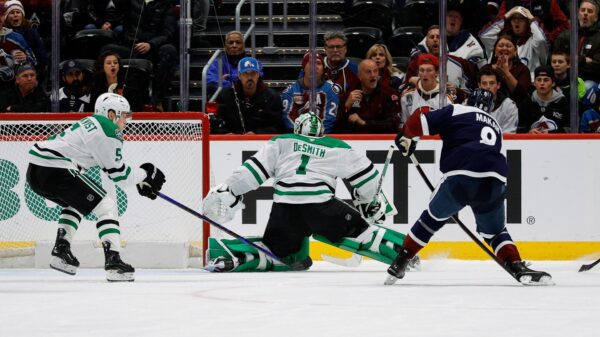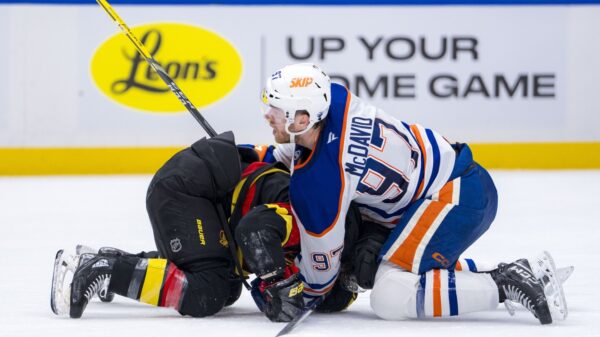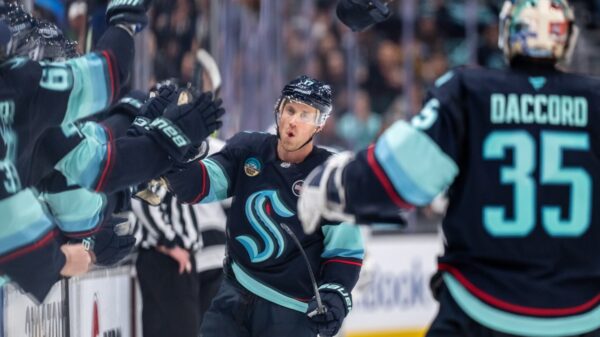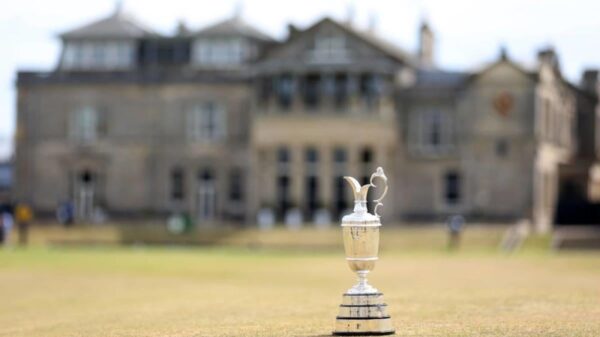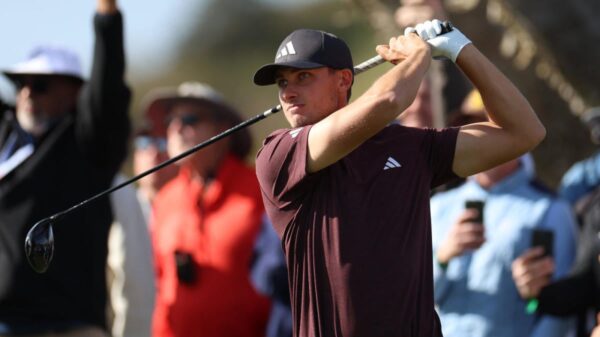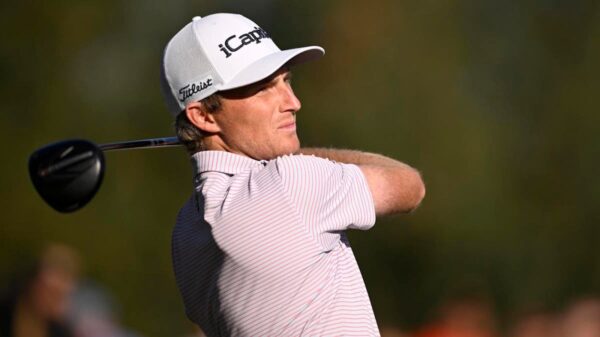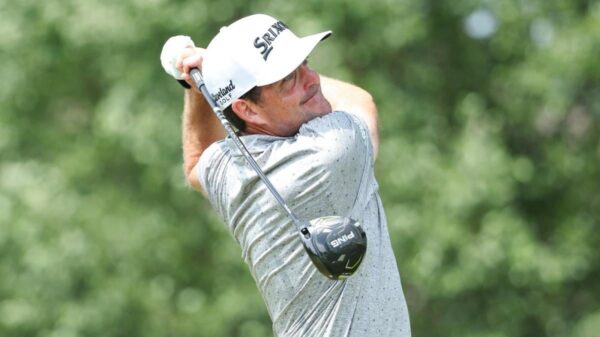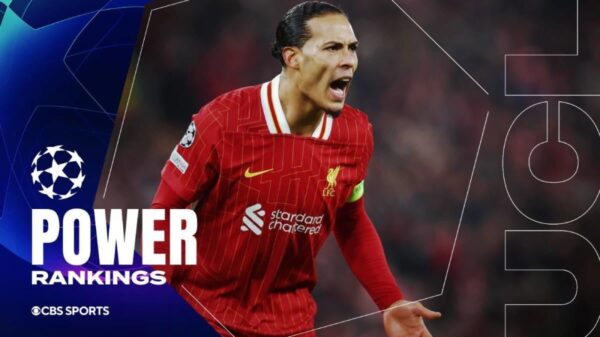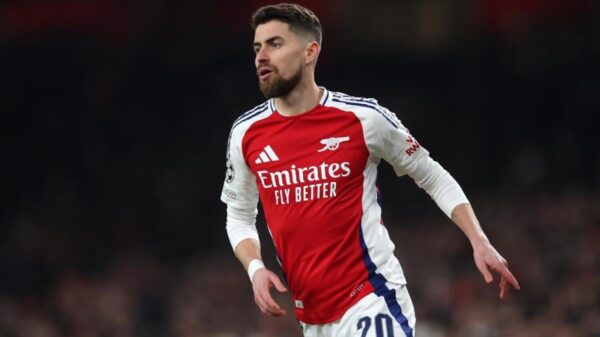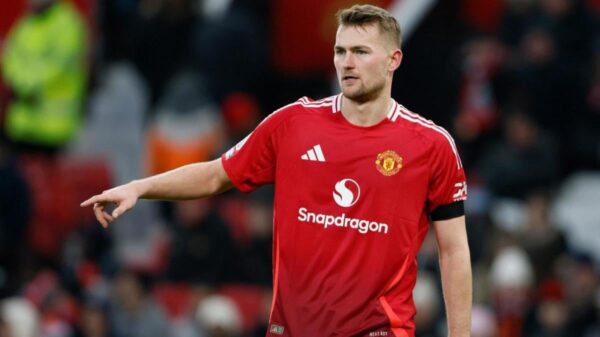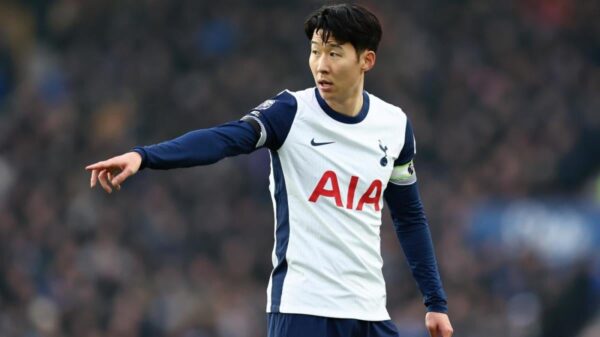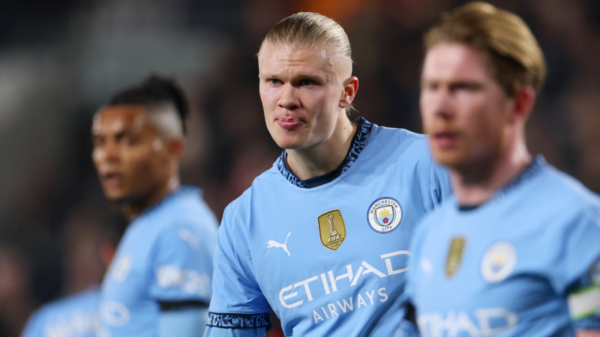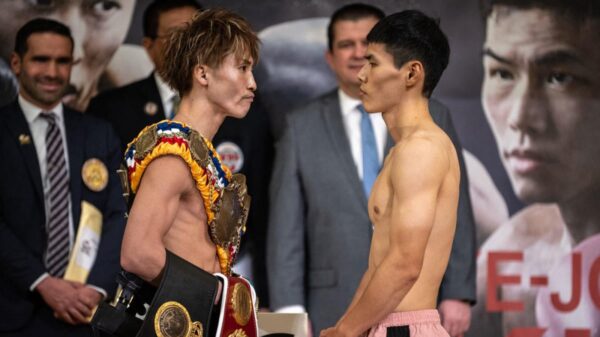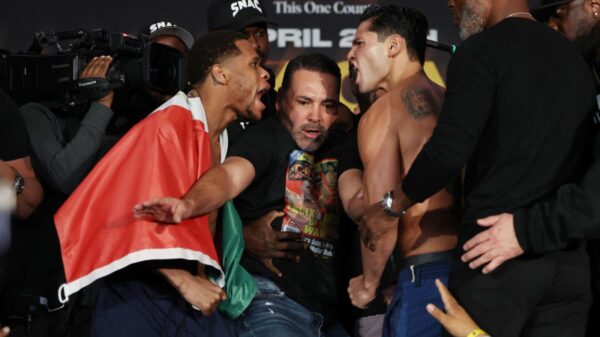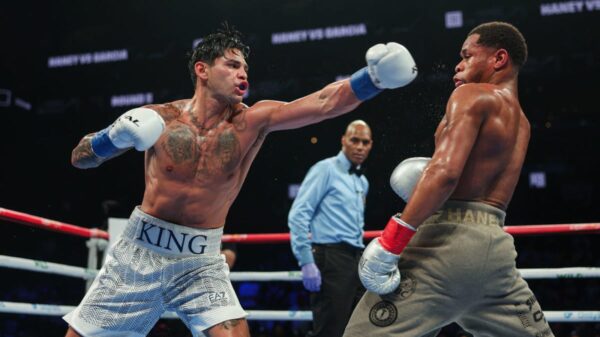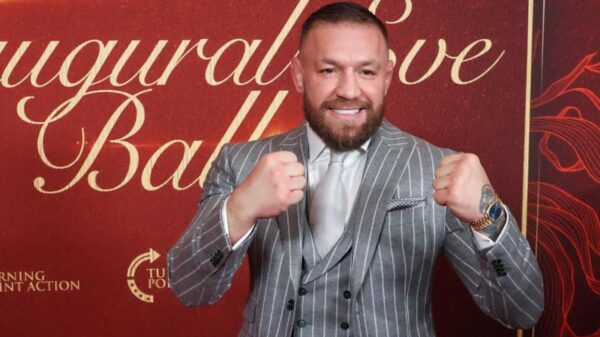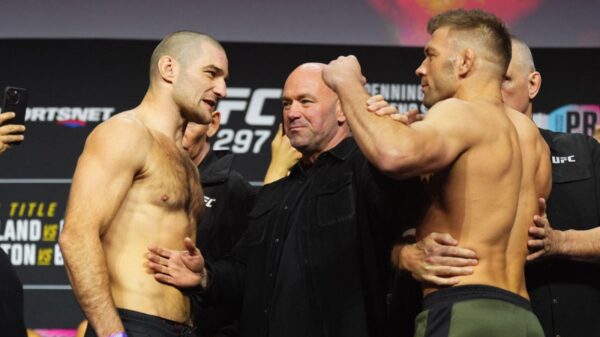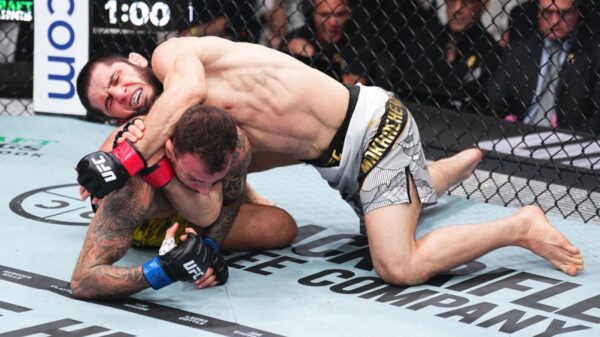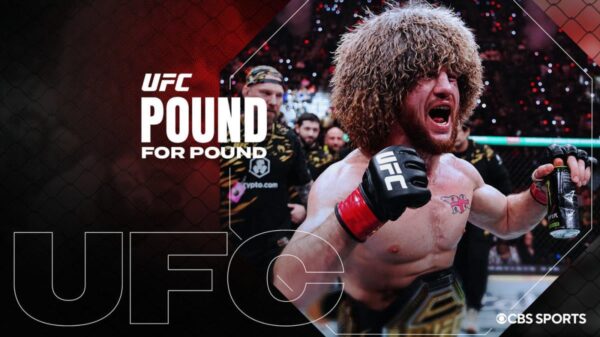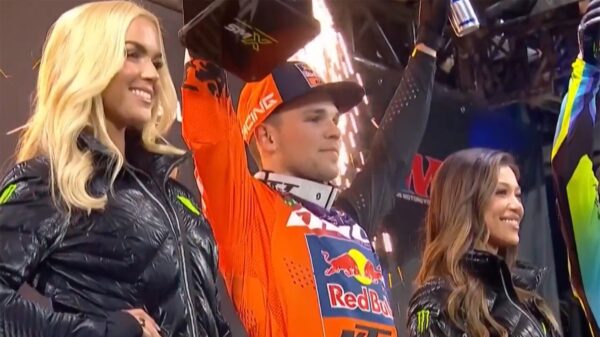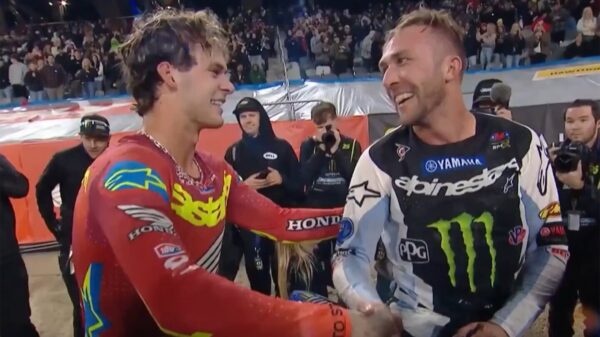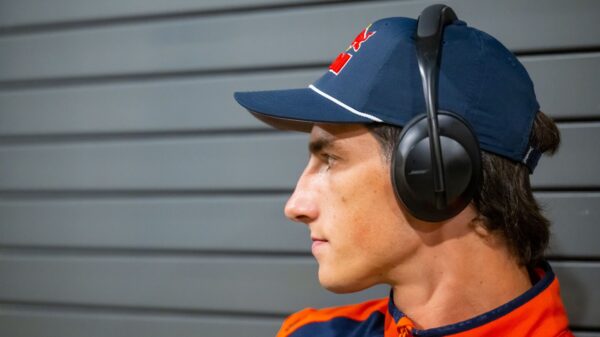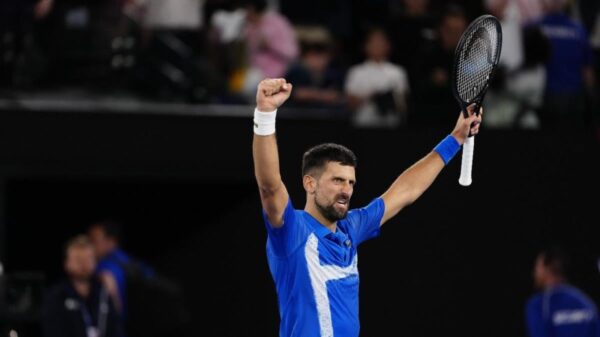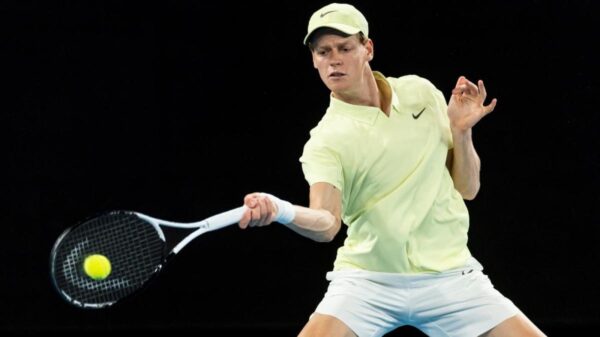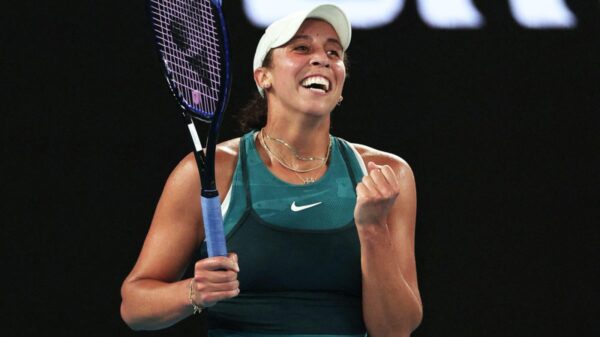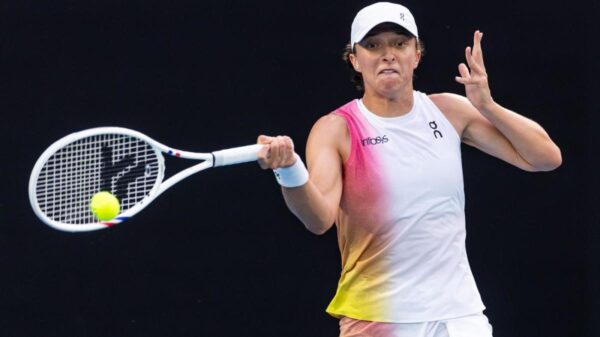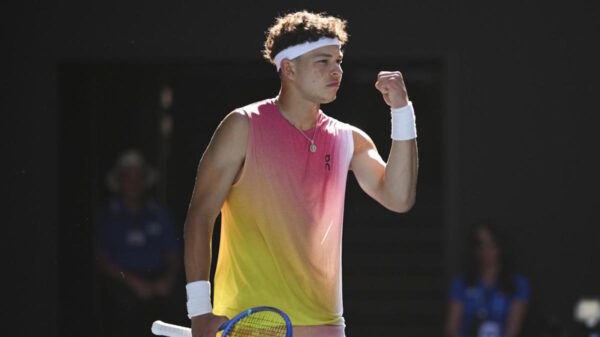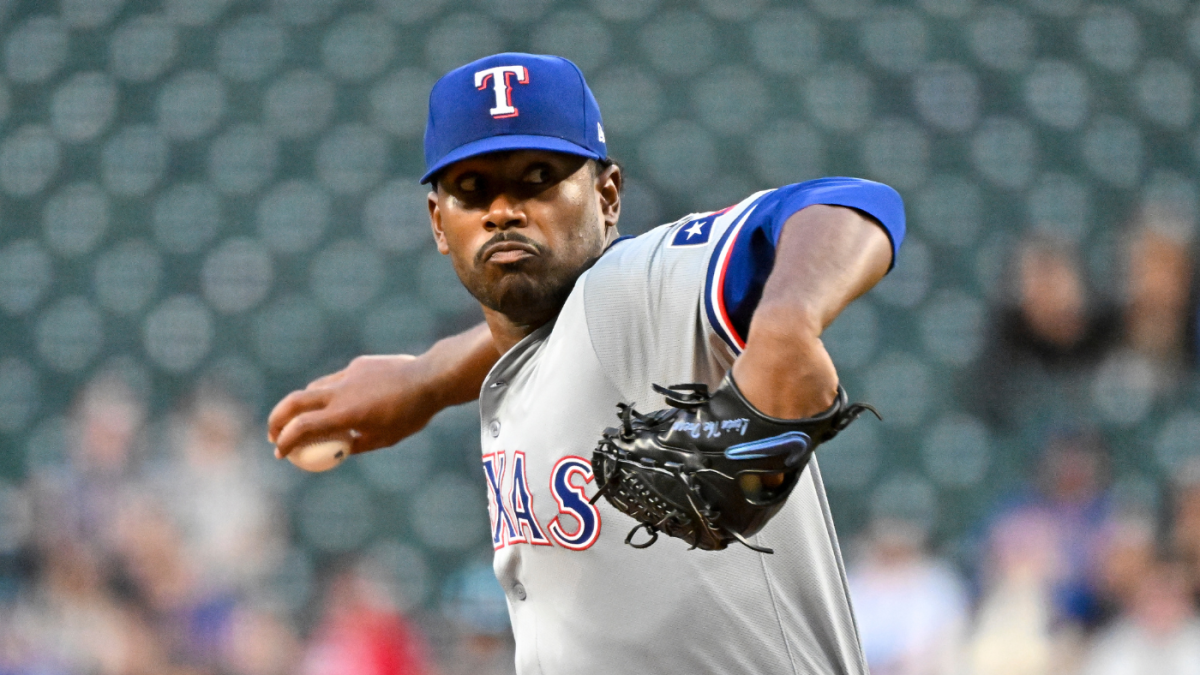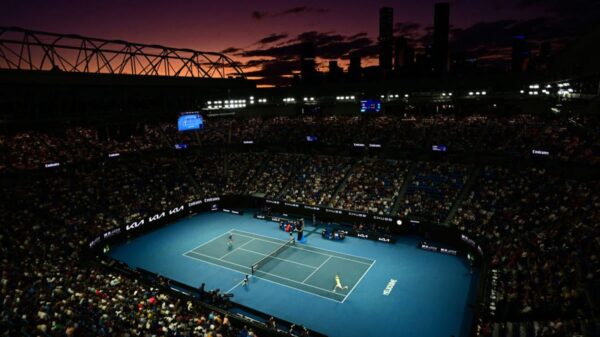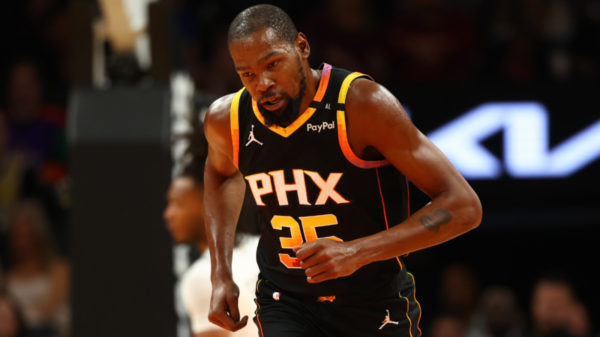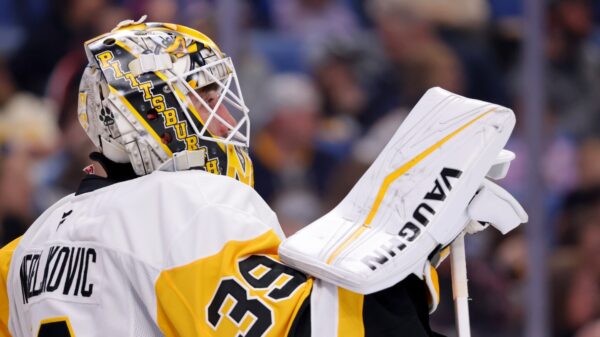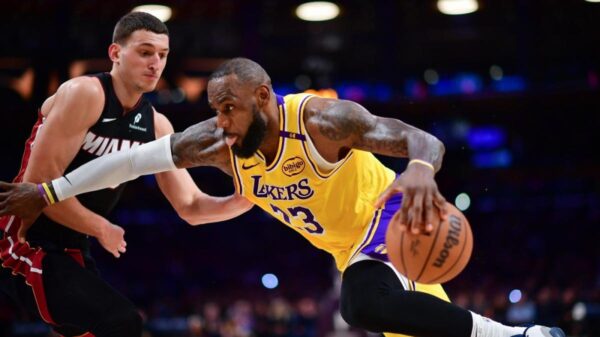January chugs along and that can mean only one thing around these parts: it’s time to rank minor-league prospects. Every team across the majors is selling hope to their fans: some are selling it in a more immediate fashion, in the form of active offseasons full of free-agent signings and trade acquisitions. Others, meanwhile, are selling it in the personage of prospects who could make the difference over the coming years.
CBS Sports is underway examining the top three prospects in each organization. Our definition of “prospect” is simple: does that player have rookie eligibility remaining for the 2025 season? If so, they’re a prospect; if not, that’s probably why your favorite young player is absent from the proceedings.
As always, these lists are formed following conversations with scouts, analysts, player development specialists, and other talent evaluators around the industry. There’s a fair amount of firsthand evaluation, statistical analysis, and historical research mixed in, too. Plus a heaping of personal bias — we all have certain traits and profiles that we prefer over others, there’s no sense pretending otherwise.
Keep in mind that there’s no one right answer with these sorts of things. Besides, these are merely our opinions, meaning they have no actual bearing on the future. We already published our ranking of the top 25 prospects in all of the minors.
With all that out of the way, let’s get to ranking the top three prospects in the Texas Rangers system.
1. Sebastian Walcott, SS
Top 25 rank: No. 20
The short hook: Immense risk, immense reward
One of the most encouraging things a hitting prospect can do is perform well when they’re significantly younger than their competition. Walcott did just that, more than holding his own as an 18-year-old in High-A, where he routinely faced pitchers who were four years his senior. Walcott has the size and innate explosive attributes necessary to develop into a middle-of-the-order force. Given the circumstances, consider it reassuring that he struck out just 25.5% of the time — particularly since hit tool concerns were one of the biggest question marks facing his game. Another? Whether or not he’ll outgrow the shortstop position, necessitating a move to third base. For now, Walcott’s bat seems promising enough to render the matter moot. MLB ETA: Spring 2027
2. Alejandro Rosario, RHP
The short hook: Fast-rising draft steal
The Rangers drafted Rosario in the fifth round in 2023 after an abysmal platform season at the University of Miami that saw him post an airplane ERA. He fared vastly better in his first professional look, splitting 88 innings between Low- and High-A, all the while punching out nearly 37% of the batters he faced and walking just 3.7%. Rosario’s stuff has never been in doubt: he combines a rising fastball with two other promising secondary pitches. Provided he continues to throw strikes — no guarantee, mind you — he ought to slot in as an above-average starter over the next 18 months. Otherwise, he could become the Rangers’ closer of the near-future. MLB ETA: Spring 2026
The short hook: Still famous, still polarizing
The book on Rocker hasn’t changed in a while, even if we have to keep printing new editions. He’s still a physical right-hander with an impressive track record of success. He still combines a mid-90s fastball with a wipeout slider. He still has a movement profile on his fastball that could cause it to play down against big-league hitters. And, yes, he still lacks a third pitch. Rocker has dealt with his share of durability problems (he’s thrown fewer than 100 innings since leaving Vanderbilt in 2021), but it appears that he will at least exhaust his rookie eligibility this upcoming year. Depending on your perspective, the range of outcomes here stretches from above-average starter to future reliever. At least we’re nearing a resolution. MLB ETA: Already debuted
Read the full article here

